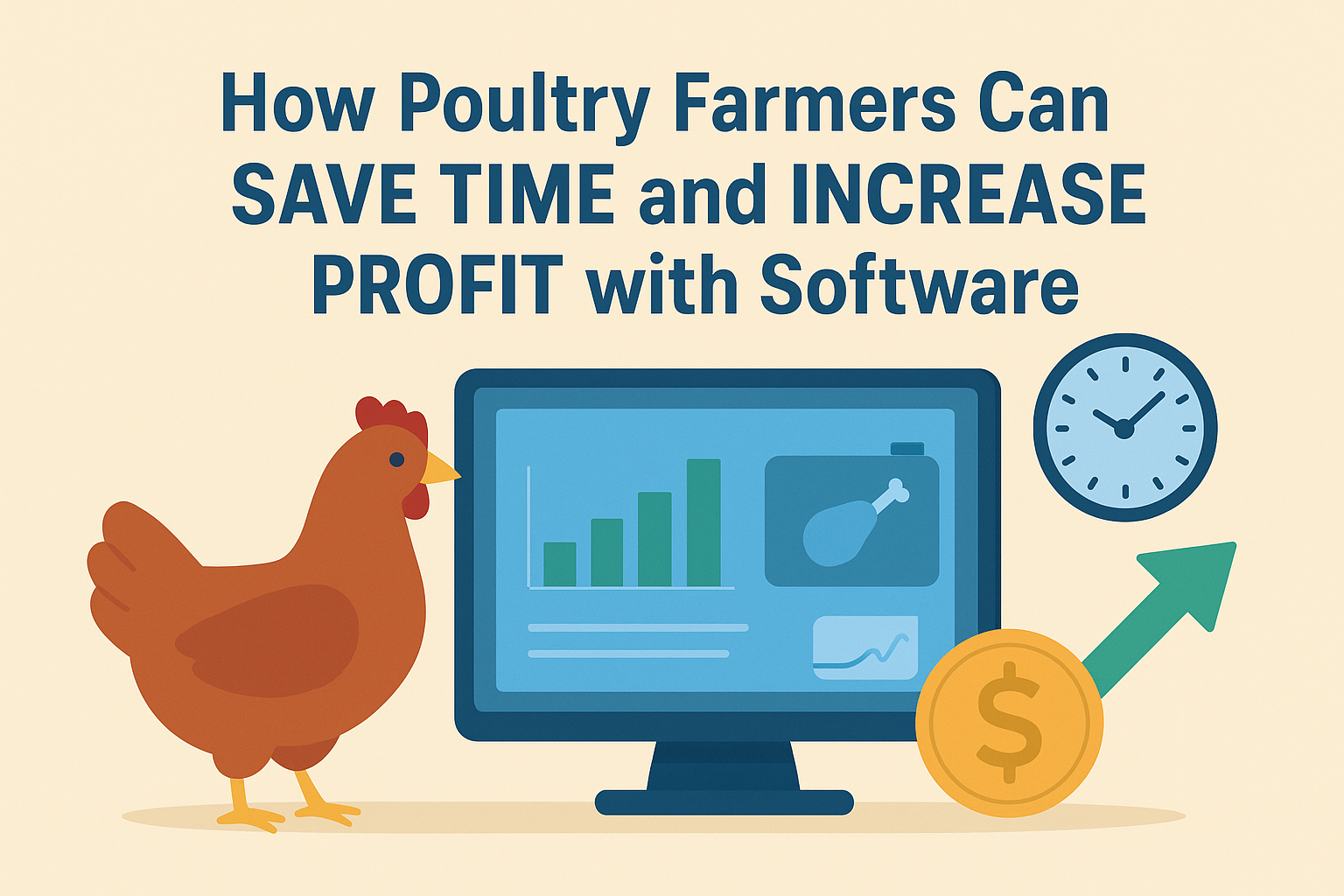Once the feed arrives on the farm, there are five indicators that will help improve broiler feed efficiency.
Increased profitability is frequently linked to increased feed efficiency. The majority of approaches to improve this valuable gauge of productivity involve balancing the ratio of energy to amino acids and/or boosting nutritional digestibility through a variety of methods. However, even after the feed has been mixed and delivered to the farm, the feed efficiency rate can be enhanced. On any farm, here are five tips to guarantee broilers get the most out of the grain they're given.
Infeed silos, avoid hotspots.
Molds deplete nutrients and generate mycotoxins, which are poisonous to humans. Moldy feed is not only unpleasant to eat, but it is also dangerous. Feed is frequently placed into silos that have never been cleaned. Mold growth is simple in humid and warm areas, and even in seemingly empty silos, hot spots (patches of old moldy feed sticking to the interior surfaces of silos) can act as a leaven for the next batch of fresh feed. It's not enough to use a mycotoxin binder plus a mold inhibitor. Silos must be carefully inspected and cleaned regularly. The typical dosage rates for mycotoxins in feed do not account for this problem, which can be very problematic under poor situations.
The proper location of drinkers close to the feeders, but not so close as to induce feed spoiling, is one element that considerably improves broiler feed efficiency
Feeders that do not waste feed should be used.
Although it may sound obvious to purchase feeders that reduce feed waste, low cost is an enticing aspect that frequently leads us to purchase something less efficient in the long run.
Feeders should also be regulated (cleaning, location, distances, number of birds per feeder, and so on) so that feed intake is not a means of escaping boredom or a frantic scramble for food.
The correct placement of drinkers close to the feeders, but not so close as to cause feed spoilage, is frequently a factor that greatly improves feed efficiency.
A consistent illumination regimen (such as 23 hours of light and 1 hour of darkness) has been indicated as not being the greatest for feed digestion. Birds tend to overeat when exposed to steady light, which increases feed rate passage. Because birds are fed at or near their genetic potential, the additional feed they take has a limited amount of time to interact with digestive enzymes, resulting in decreased feed digestibility. A lights-on, lights-off program (for example, 1-hour flight, 1-hour darkness, etc.) allows birds to thoroughly digest their feed while resting (which also improves feed efficiency because birds do not roam all day) and allows them to "refill" during light hours. The main issue with this approach is that there should be adequate feeding areas for all birds to eat at the same time, which necessitates precise feeder arrangement beforehand.
At market age, stay away from gaining a lot of weight.
You should normally follow your contracting partner's guidelines if you need to achieve a specified market age or weight.
However, if you plan to sell your birds on the open market, keep in mind that feed efficiency decreases as the birds get older. This is mostly because birds have a larger body mass to sustain each day, which necessitates both energy and amino acids. As a result, determining the smallest allowed weight per bird will also reduce improve broiler feed efficiency. Of course, this does not always imply maximum profit, thus other factors should be considered, such as cost per pound gained, or weight increase per square foot of floor area, and so on.
Maintain the health of the birds.
Another obvious point worth mentioning is that sick birds do not grow, and if they do not grow, feed efficiency will never be optimal.
Sick or subclinical affected birds take less food than healthy birds, and the food they do ingest is usually used to combat the disease.
Furthermore, they may break down muscle proteins, resulting in a reduction in body weight and the worst potential feed efficiency.
Healthy birds, especially those with a strong digestive system, will, on the other hand, make the most of the nutrients in their feed.
Perhaps the biggest "robbers" of feed efficiency points are subclinical disorders, if only because they go unreported while we look into everything else that could have caused this decline in performance.





